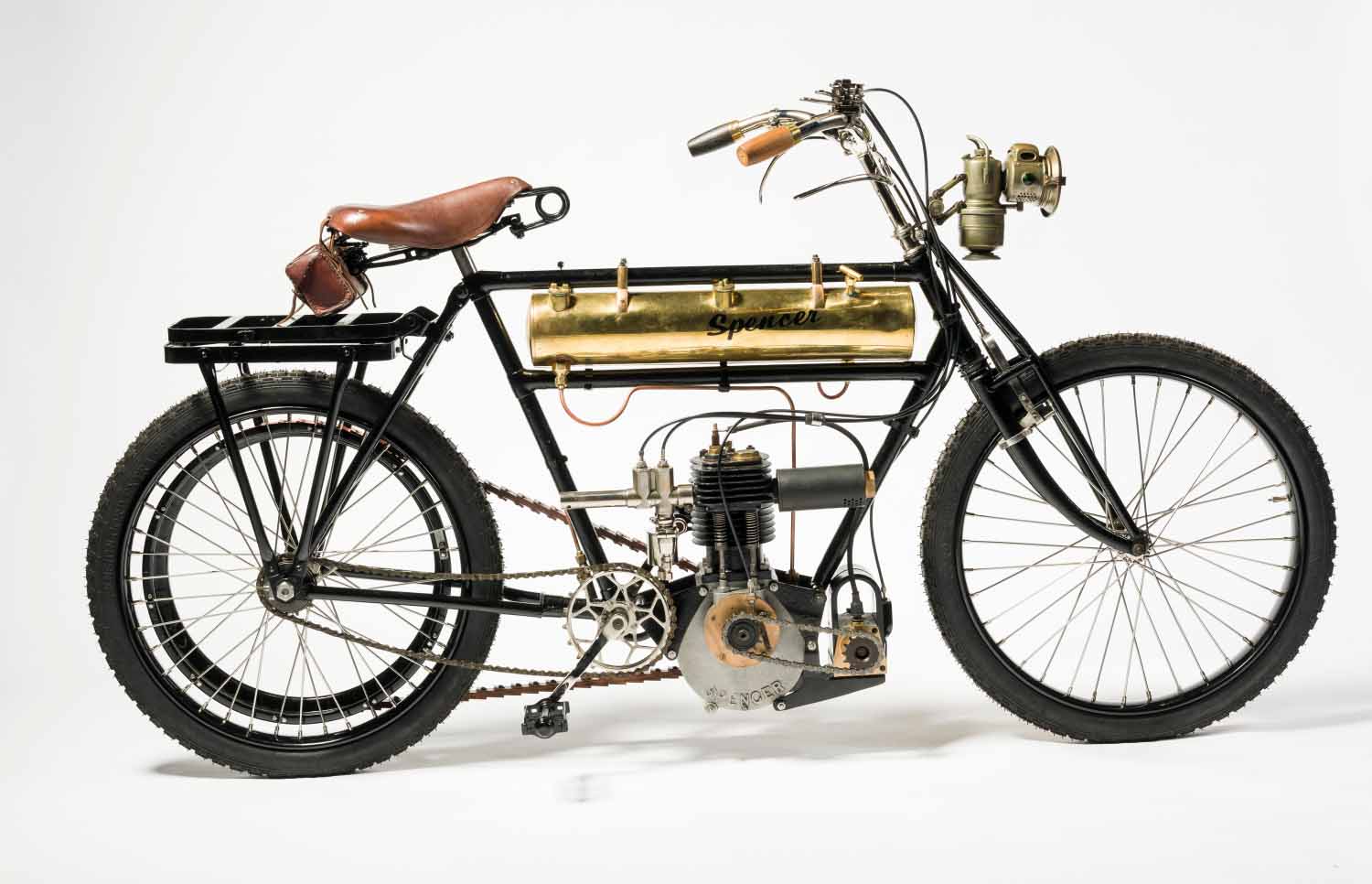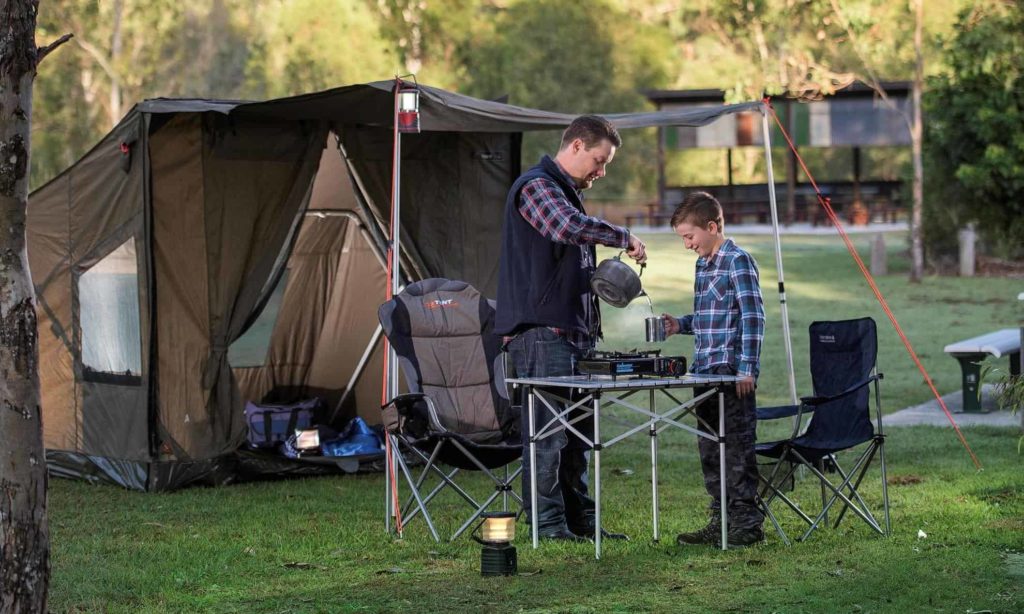Known for it’s 15 larger-than-life exhibitions that showcase the history of rail in Queensland, The Workshops Rail Museum is loved by children and adults alike.
Families love visiting the museum as they can have their photos taken in front of the life-size locomotives, marvel at the impressive 90 square metre Queensland Model Railway (which is the largest in the state!), play at the Nippers Railway playground, and meet Thomas the Tank Engine, who makes a special appearance during the holidays.
But there is so much more to the museum that you might have missed, or you might not know about.
Here is a list of 10 interesting facts and unique finds at The Workshops Rail Museum…
Industrial heritage

The site was first developed in the 1880s after the original workshops (where Riverlink is today) became too small to service the rapidly expanding railway network in southern Queensland. Although the site was redeveloped numerous times in the 20th century, as a visitor today, you’ll get a good understanding of how the site originally operated during the Workshops’ heyday. At its height, more than 3000 people worked here building and maintaining locomotives, carriages and wagons.
Locomotive A10 No.6

The A10 No.6 is the oldest working locomotive in Australia. Along with three other A10 locomotives, No.6 was one of the first engines used when the railway from Ipswich to Bigge’s Camp (now Grandchester) was opened in 1865. The locomotive was manufactured by Neilson & Company of Glasgow, sent via ship to Queensland in parts and then reassembled at the original Workshops to be used on Queensland’s fledgling railway system.
Spencer Motorcycle

The Spencer is one of Australia’s oldest motorcycles. Restored in collaboration with the Historical Motor Cycle Club of Queensland, using parts from Queensland Museum’s collection, the motorcycle will be on display at The Workshops during all of 2023 and early 2024. Built by David Spencer – a former worker at the Ipswich Railway Workshops – in 1903, this motorcycle was the first Queensland-made bike ever produced. The Spencer Project exhibition tells the story of David Spencer and his pioneering efforts in motorcycle manufacturing.
A home for science and innovation

In the early 20th century, the Ipswich Railway Workshops were one of the most technologically advanced worksites in all of Australia. Building on this history, The Workshops Rail Museum’s Sciencentre allows visitors to unleash their inner scientist. The highly interactive Sciencentre inspires and educates visitors through the more than 20 activity stations that showcase the essential role science plays in our everyday lives.
Powerhouse

Standing grandly on top of a hill at the northern side of the site is the Powerhouse. Built in 1902, it allowed the Ipswich Railway Workshops to become one of Queensland’s first large industrial sites to use electricity. The key to industrial modernisation was electricity and without a supply in Ipswich at the time, Queensland Railways had to make their own. Supplying electricity, compressed air and hydraulic pressure, the Powerhouse powered all the machinery, tools and lights throughout the Workshops.
WWI Monument

Built to honour the Ipswich Railway Workshop workers who enlisted to fight in the First World War, this monument was paid for completely by funds raised by employees. More than 300 men enlisted to fight with 31 losing their lives in the conflict. A service has been held in front of the monument every year since 1919 and is today the focus of the Museum’s annual ANZAC Day and Remembrance Day services.
Sit in a Kuranda car

Visitors can sit inside an old wooden carriage, that once ran along one of Queensland’s most challenging lines to engineer and build – the Kuranda railway. Brake Van 269 is one of the oldest pieces of rolling stock on display in the Museum. Built in 1882 as a brake car with a section for a guard and seating compartments for passengers, the car was originally used on the Great Northern Railway which departed from Townsville. The car was modified in 1921 and had side-facing bench seating installed so passengers could better see the views out the window, perfect for use on the Kuranda Railway which is known as Australia’s most picturesque railway journey.
Thiess tractors

Part of the Might and Muscle exhibition is dedicated to the Thiess Brothers. On display are five Caterpillar tractors collected by Bert Thiess. These types of machines helped the Thiess Brothers become one of Australia’s largest construction companies. Starting from very modest beginnings in Toowoomba in the 1930s, Thiess Brothers became known for their determination and ability to complete just about any job, no matter how complex or large. The Thiess Brothers built roads, railways and dams not just in Queensland but throughout all of Australia.
Hunslet Locomotive No.327

Early in the First World War, small narrow-gauge locomotives quickly became integral for moving arms and supplies to the front lines on the Western Front. Built in 1916 by the Hunslet Locomotive Company of Leeds, No.327 was sent for use in the rear areas of the battlefields. After the war, these small locomotives were overhauled and bought by firms that needed narrow gauge engines. The Queensland Government bought a number of these locomotives for use in the sugar industry and No.327 was sent to work at the North Eton Mill near Mackay and renumbered No.4. Heavily modified during this time, the locomotive was retired in 1965 and installed in a park. The locomotive was donated to the Museum in the early 2000s and was restored to its original First World War appearance by Queensland Rail Heritage Volunteers between 2012-2017.
Beyer Garratt No.1009

The Beyer Garratts were the largest steam locomotives used in Queensland. No.1009 is the last remaining locomotive from the class. It has two locomotive units powered by a single boiler, which makes them as strong as two conventional locomotives. The Garratts were introduced to Queensland in the early 1950s and were used on passenger, mail and freight services. No.1009 was retired in 1968 and was retained by Queensland Railways and displayed at the outdoor Redbank Railway Museum. It was restored to running order again during the 1990s. Beyer Garratt No.1009 is now the centrepiece to the Museum’s Might and Muscle exhibition.





